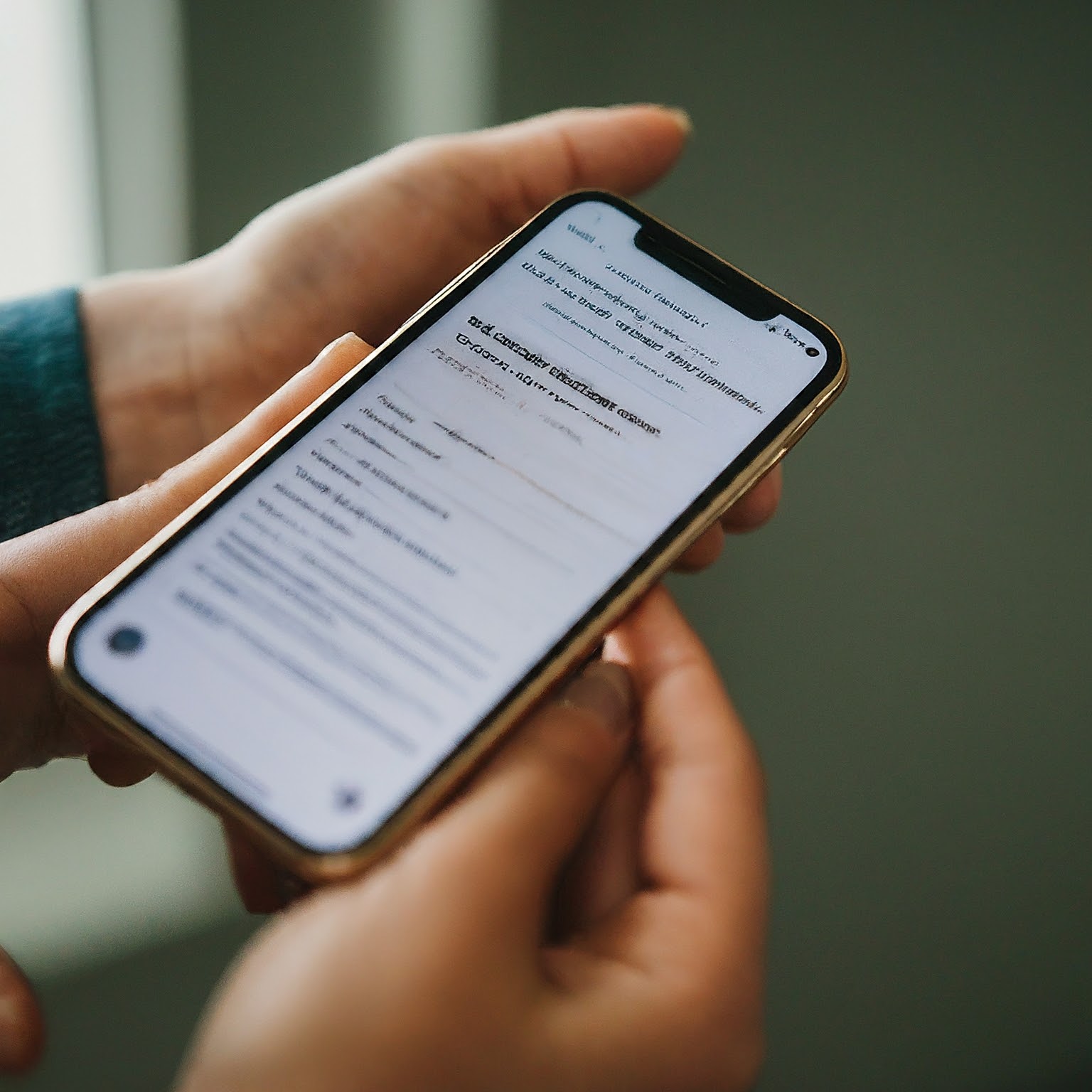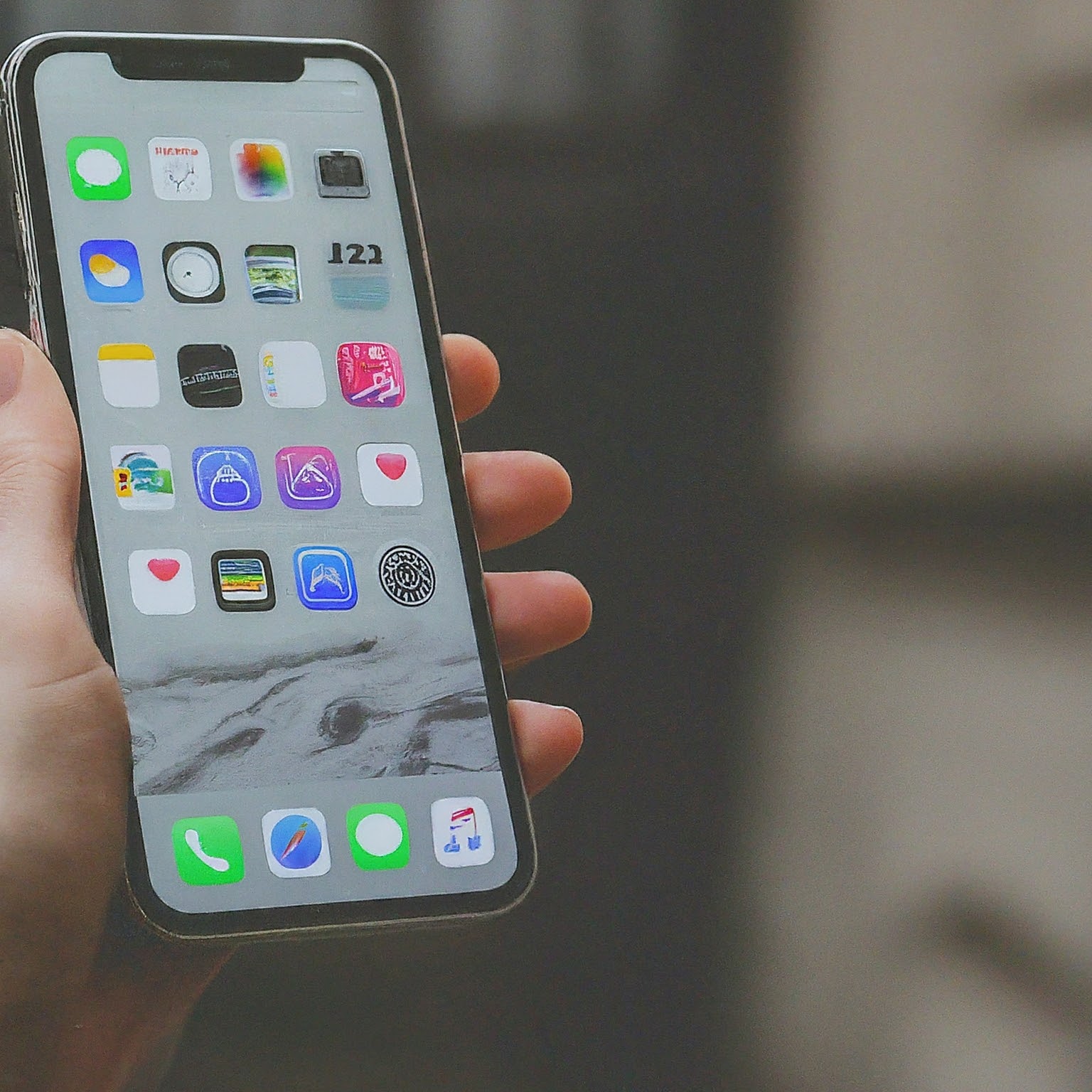The allure of the latest iPhone model is undeniable, but the high price tag can often deter potential buyers. Fortunately, iPhone trade in programs offer a viable solution, allowing users to offset the cost of a new device by trading in their old one. This article explores the benefits of iPhone trade in, how it works, and factors to consider when participating in such programs.

Understanding iPhone Trade In
iPhone trade in programs allow users to exchange their old iPhone for credit towards the purchase of a new model. This credit can be applied directly to the purchase price, reducing the overall cost. The value of the trade-in depends on various factors, including the device’s model, condition, and storage capacity.
How iPhone Trade In Works
The iPhone trade in process typically involves the following steps:
- Device Evaluation: Determine the eligibility and estimated value of your old iPhone using the trade-in program’s online tool or in-store assessment.
- Trade-In Options: Choose between receiving a credit towards a new iPhone, a store credit, or a prepaid card.
- Device Shipment: Securely package and ship your old iPhone to the designated address using prepaid shipping materials.
- Device Inspection: The trade-in program provider inspects the device to verify its condition and confirm the trade-in value.
- Credit or Payment: If the device meets the specified condition, you receive the agreed-upon credit or payment.
Benefits of iPhone Trade In
- Cost Savings: Significantly reduces the upfront cost of a new iPhone.
- Environmental Responsibility: Contributes to electronic waste reduction by recycling old devices.
- Upgrading Convenience: Streamlines the process of upgrading to a newer model.
- Potential for Additional Value: Some trade-in programs offer additional incentives or rewards.
Factors Affecting iPhone Trade In Value
Several factors influence the value of your iPhone for a trade-in:
- Device Model: Newer iPhone models generally have higher trade-in values.
- Device Condition: The physical condition of the iPhone, including scratches, cracks, and functionality, affects its value.
- Storage Capacity: Higher storage capacity typically increases the trade-in value.
- Carrier Lock: iPhones locked to a specific carrier may have a reduced trade-in value.
- Market Demand: The overall demand for the iPhone model in the used market can impact its trade-in price.
- Trade-In Program Terms: Different trade-in programs may have varying valuation criteria and eligibility requirements.
Maximizing Your iPhone Trade In Value
To get the most out of your iPhone trade in, consider these tips:
- Backup Your Data: Ensure all important data is backed up before trading in your device.
- Factory Reset: Resetting your iPhone to factory settings can improve its trade-in value.
- Protect Your Device: Keep your iPhone in good condition to maximize its value.
- Compare Offers: Explore trade-in options from different carriers and retailers to find the best deal.
- Understand Trade-In Terms: Carefully review the terms and conditions of the trade-in program.
The Future of iPhone Trade In
As technology evolves and consumer preferences change, the iPhone trade in landscape is likely to evolve as well. We can expect to see increased focus on sustainability, with programs offering incentives for recycling devices in good condition. Additionally, trade-in values may fluctuate based on market trends and the introduction of new iPhone models.

Conclusion
iPhone trade in programs offer a convenient and environmentally friendly way to upgrade your device while saving money. By understanding the factors affecting trade-in value and following best practices, you can maximize your savings and contribute to a more sustainable future. As the smartphone market continues to evolve, it’s essential to stay informed about the latest trade-in offers and terms.
لا تعليق